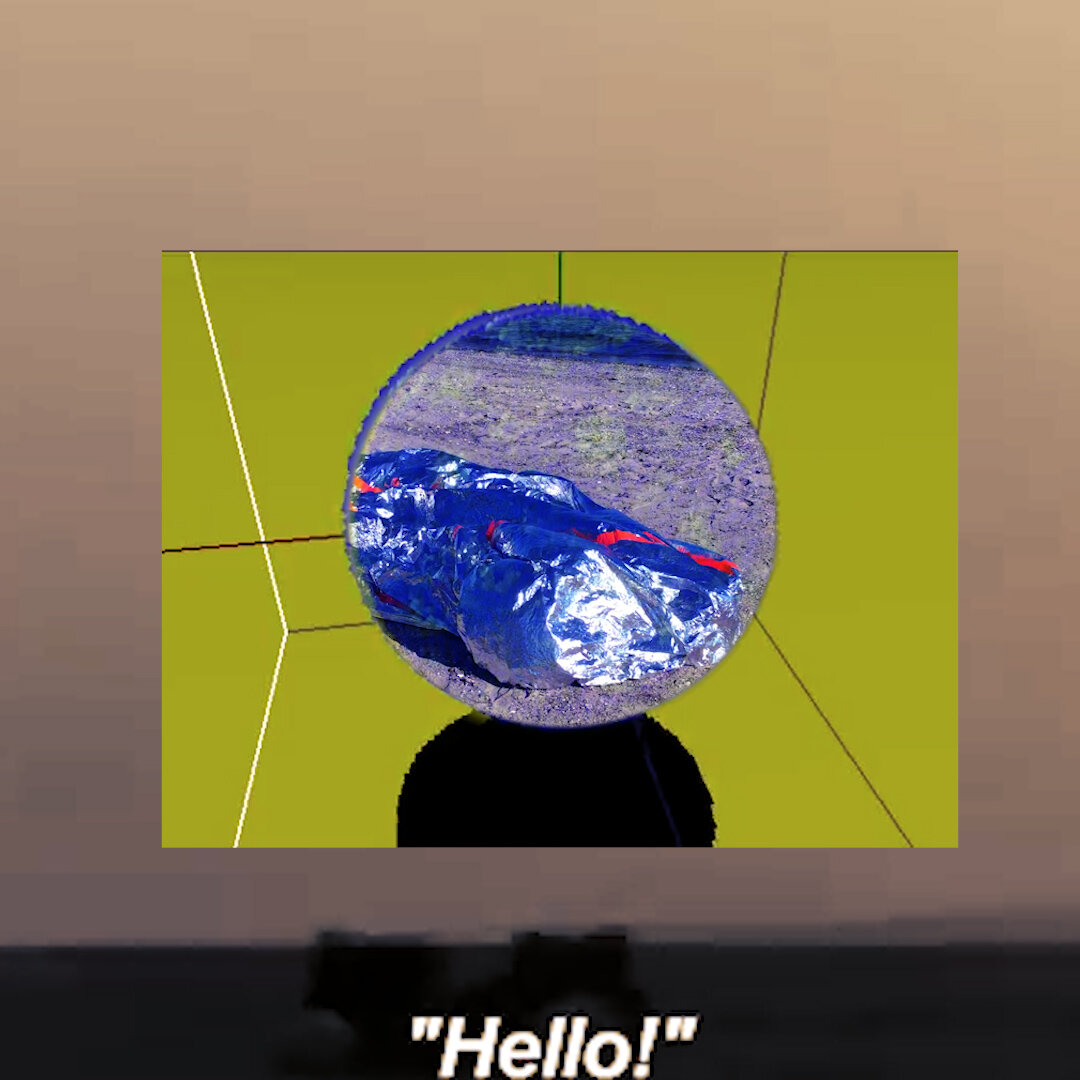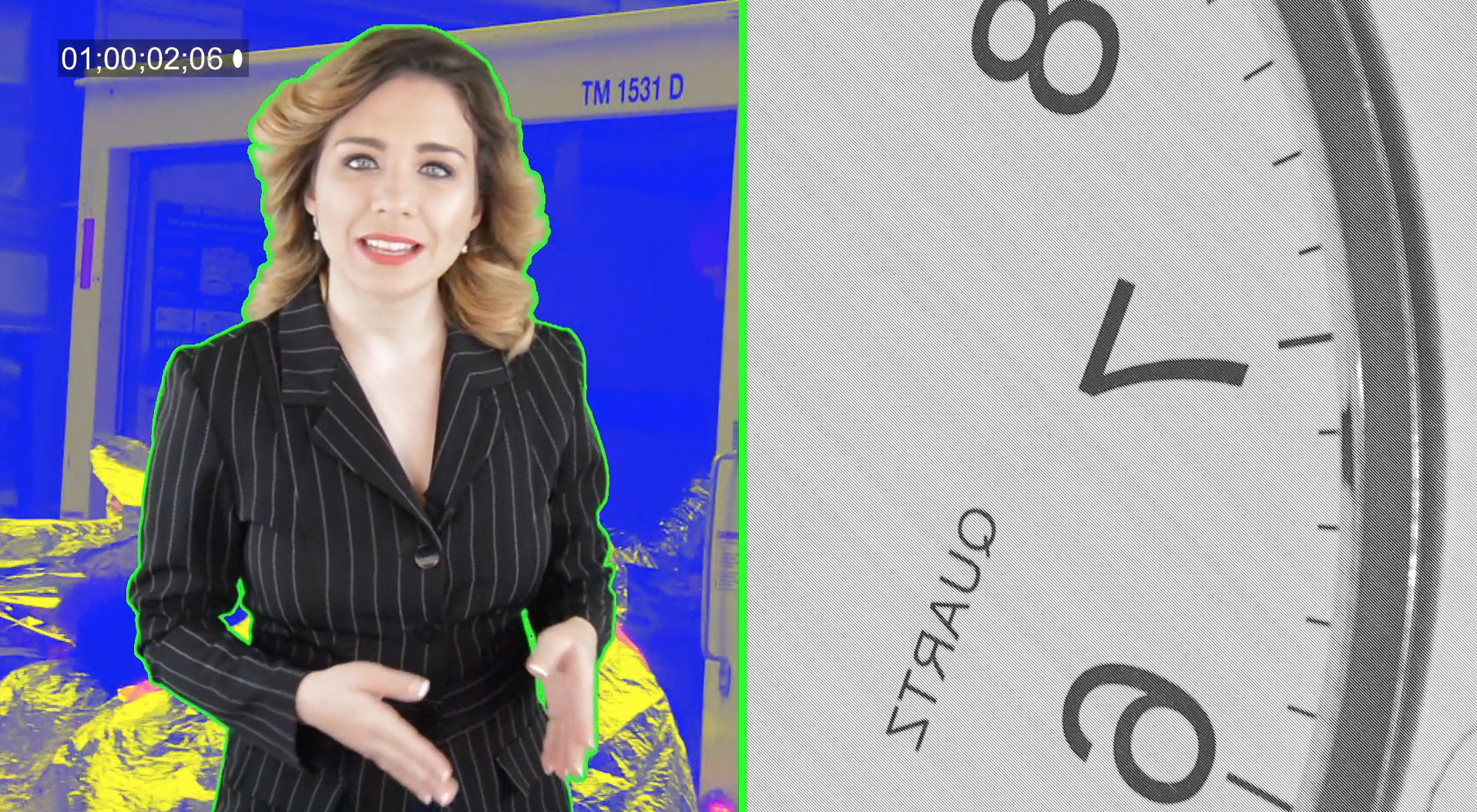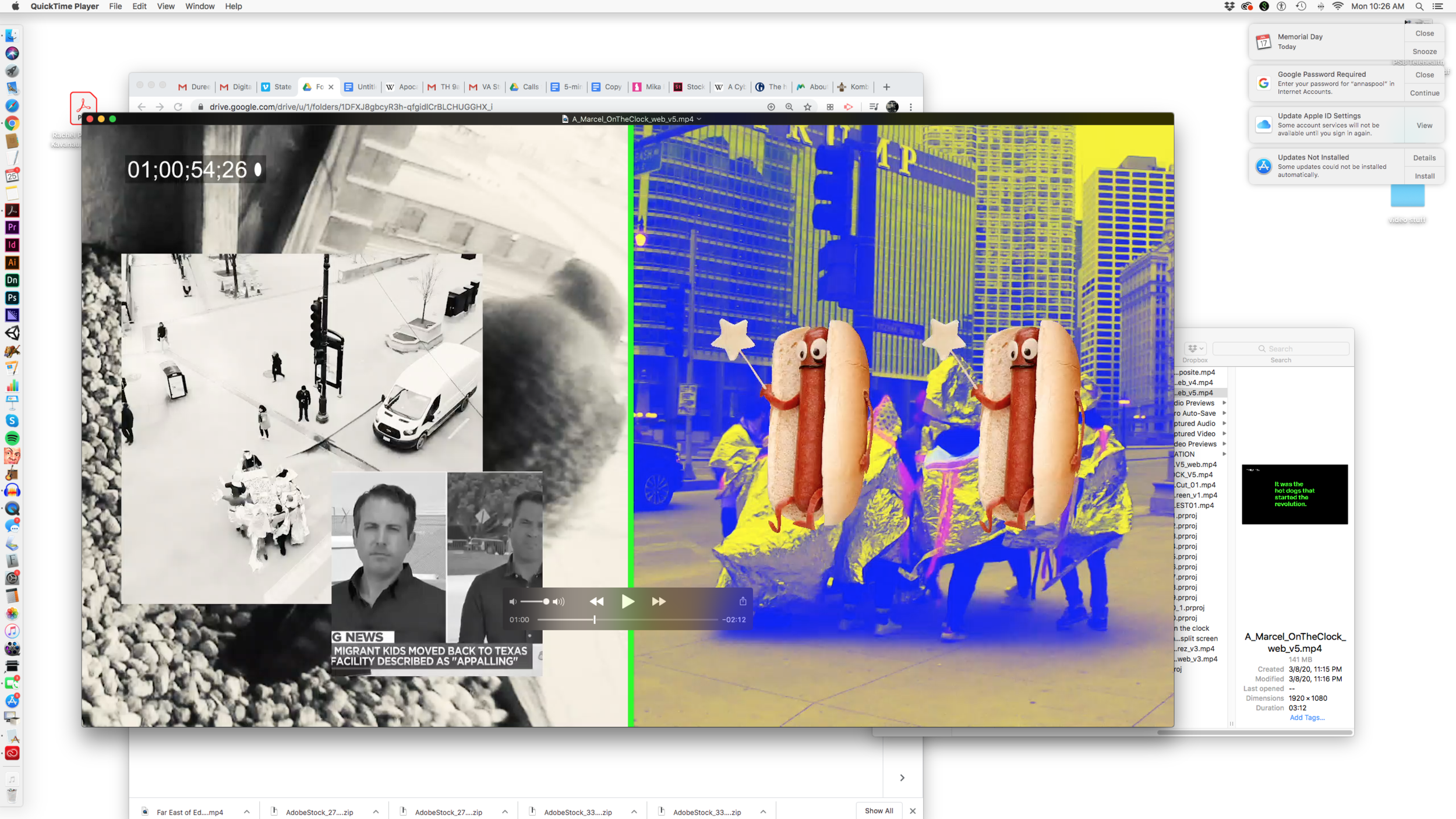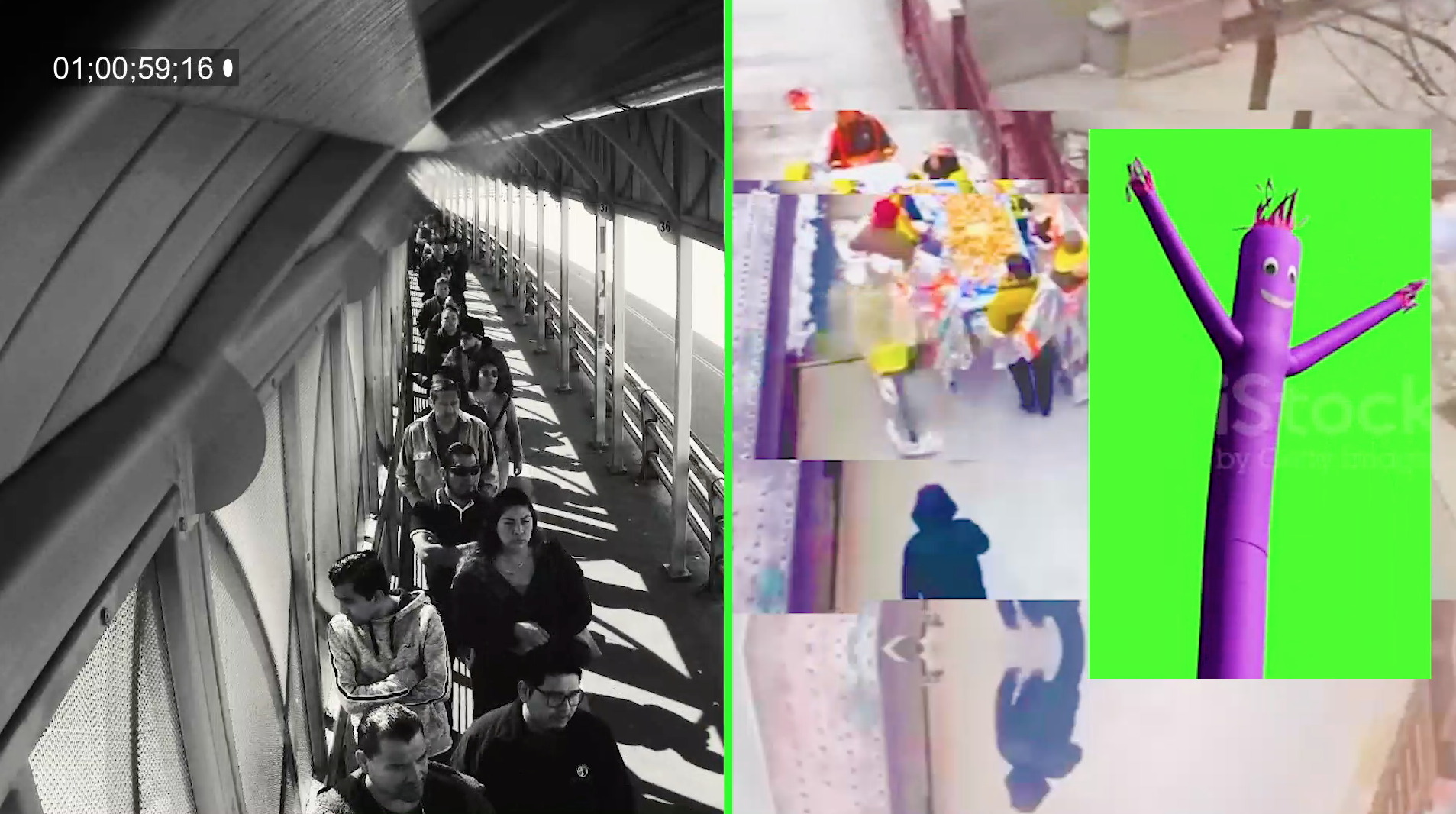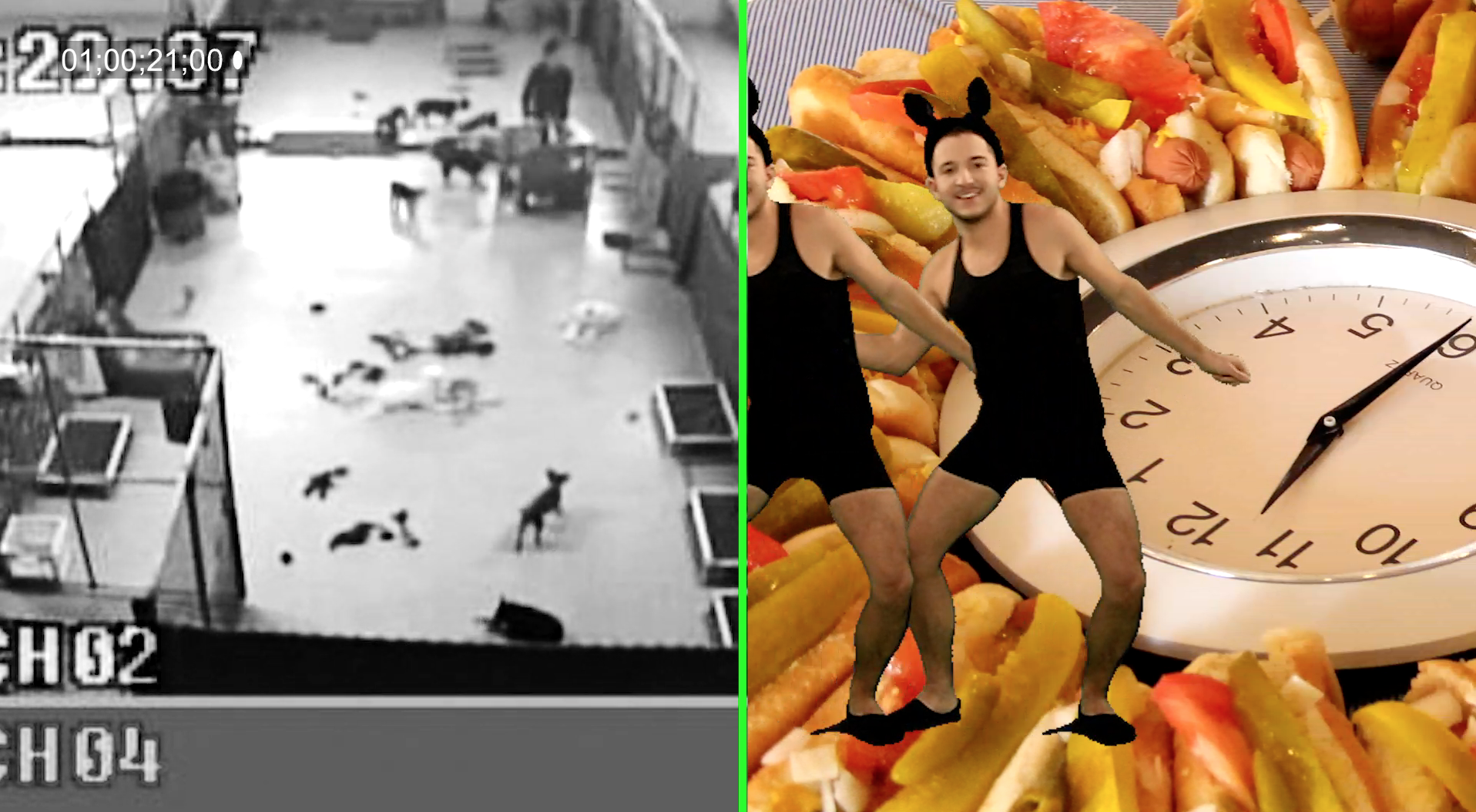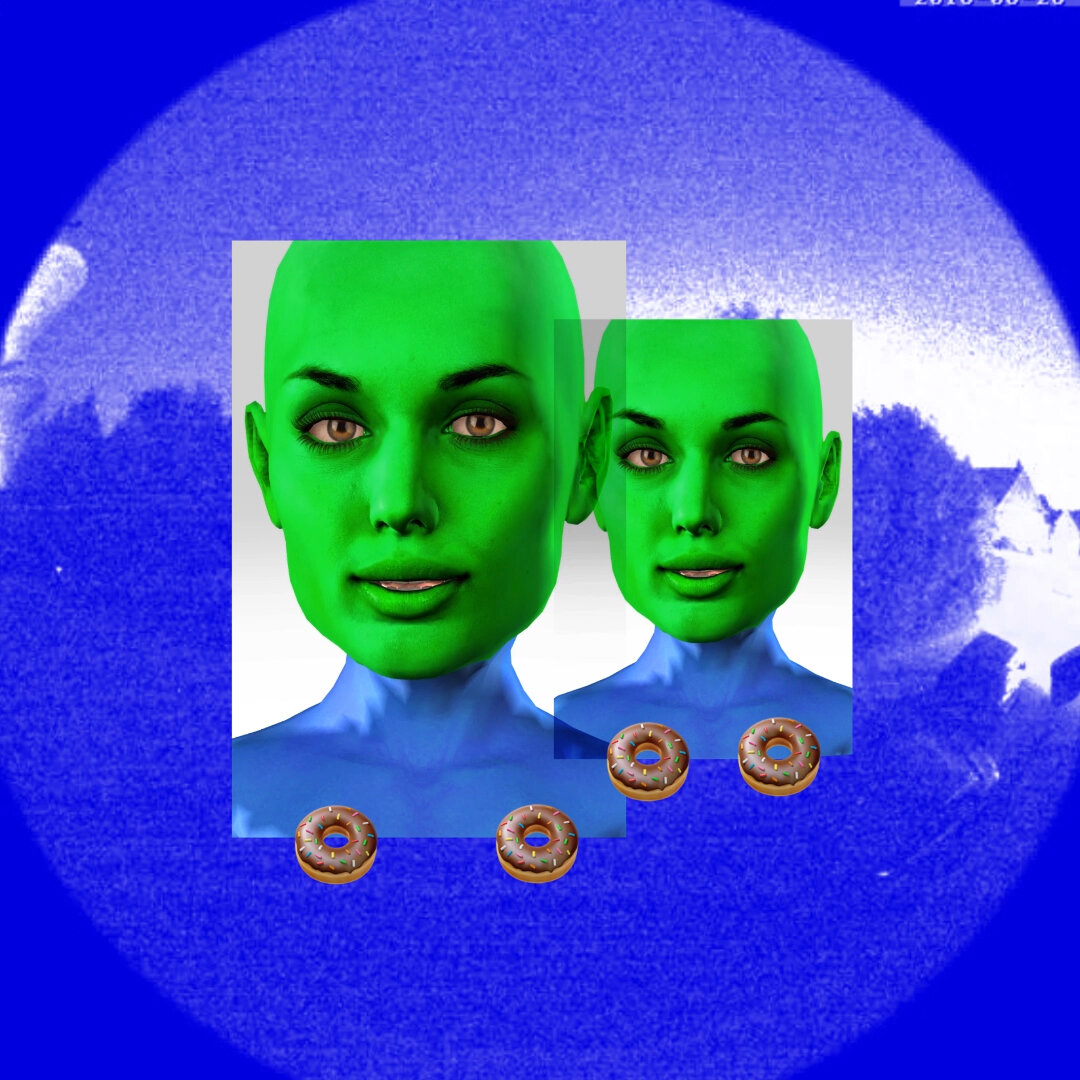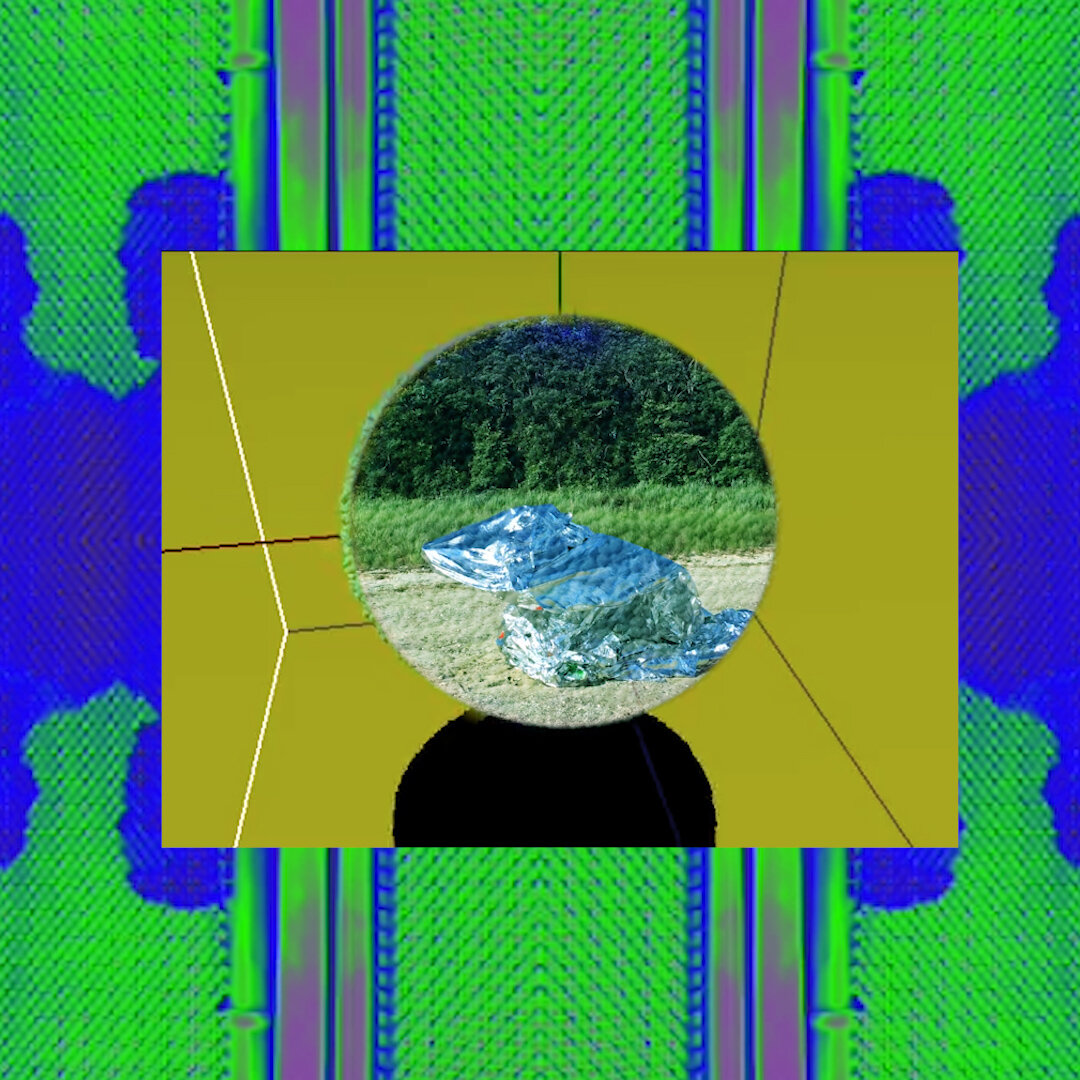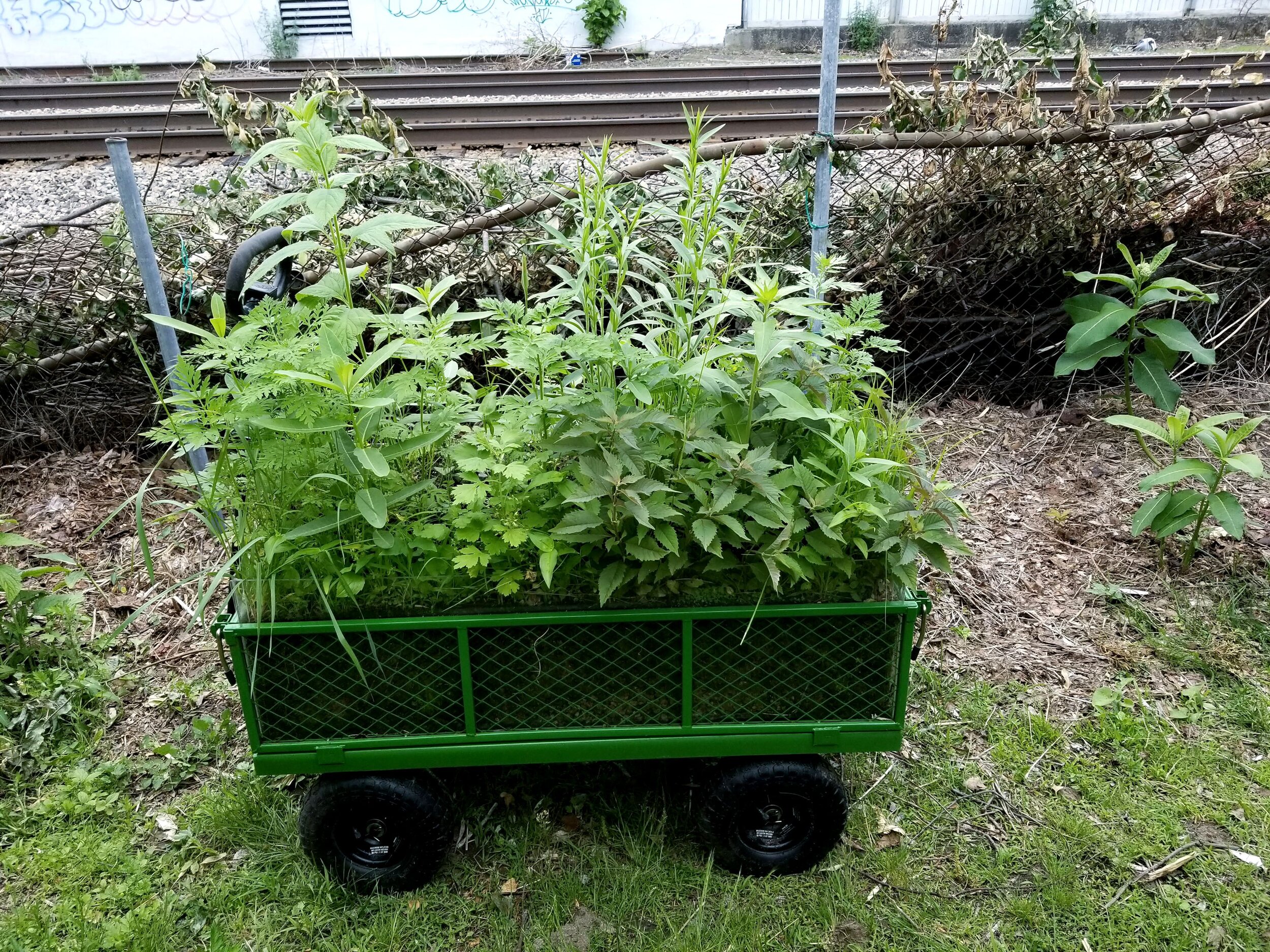THE BOUNDARIES BETWEEN COLLECTION
Image: Melissa Shaak, “Francoise”, color and silhouette, video still
THE BOUNDARIES BETWEEN
curated by Tatiana Flis
May 25–June 7, 2020
Artists challenge mediums. Inherent in their DNA, they question traditional notions of what it means to be human, and how we experience the world around us. The non-physical world created by technological advances has never been more necessary or more powerful. In this collection of work, the artists explore levels of virtuality, which push the boundaries of the medium, and provide that sense of personal connection and existence outside of ourselves.
Through collaboration, documentation, and experimentation, artists Jim Banks, Joseph Fontinha, Georgina Lewis, A_Marcel, and Melissa Shaak blur boundaries between our physical and virtual domains. They are investigating longevity, beauty, and resilience; surveilling our behaviors, movements and identity; liberating our imagination by bringing fictional characters to life and immerse us in the digital realm.
Curator’s notes on viewing the collection: In creating this collection I wanted the viewer to have control of their experience. Therefore, each artist has a page dedicated to their work, including: artist statements, video synopses, poetry and more. Individual artworks can be clicked to open a private viewing screen, and videos can become full screen. In addition, located on this page you will find stories behind the artist’s work through interviews, video conversations and audio files. Lastly, you will find a section where you can ask questions directly to the artists, or inquire about specific works and/or concepts.
Additional interviews and blog posts will be added throughout the duration of the collection, so make sure to follow the gallery on Facebook and Instagram to receive up to date information or subscribe to the gallery’s newsletters for blog posts, news, and more
Georgina Lewis
Searching for ways to bridge the growing divides of our country and world.
A_Marcel
A pitting of the real and surreal, and a disorienting glitch of fact and fiction.
The BOUNDARIES BETWEEN: AN INTERVIEW WITH GEORGINA LEWIS
Georgina Lewis is interviewed by Tatiana Flis for "The Boundaries Between" collection at Fountain Street Gallery.
Georgina talks about the beauty of trash, our perceptions of discarded material, and how the current pandemic and social distancing have affected the way she views her body of work titled group project; not a DNA test.
A_MARCEL: THIS IS A CONVERSATION IN THIS SPACE BETWEEN YOU AND I
Key Words: Time, assemblage, heterotopia, surveillance, capitalism, refuge, refugee, queer, queer futurity, emancipation, healing, food, microbes, gooey, squishy, love.
Question: I am interested in your use of Avatars within your work... How do you see the techno/machinic aesthetics of digital tools influencing the relationship between humans and nonhumans? Do you feel they challenge traditional notions of what it is to be human?
Answer: To speak of the relationship between human and nonhuman, one must always invite Donna Harraway and her defiant rejection of dualistic essentialism in her essay “The Cyborg Manifesto” [quote] “Cyborg imagery can suggest a way out of the maze of dualisms in which we have explained our bodies and our tools to ourselves. This is a dream not of a common language, but of a powerful infidel heteroglossia. It is an imagination of a feminist speaking in tongues to strike fear into the circuits of the supersavers of the new right. It means both building and destroying machines, identities, categories, relationships, space stories.” [end quote]
The injection of avatars in my video work is a truth revealing means through which to interrogate the territories of production and reproduction. By exploiting the digital actor or gif, I ask the viewer to consider the conditions of unpaid labor, of unseen labor, and labor currently labeled “essential.” Like a caricatured chimera, a gaudy Shakespearean actor, a masked trope, the performative body of the avatar serves as a porous border through which criticality can seep through to both confirm and subvert what it means to be human.
In my video Hot Dogs 24/7, I seize the “memes of production” to create a story in which the avatar and rough pixelated meme combine forces in a dystopic retelling of Plato’s Cave in a valiant effort to counter the hyperreal and simulacra of fascism. Art is vital kindling in the dismantling of white supremacy, of capitalism, of the hetero-patriarchy.
The Avatar is also Assemblage. I’m currently obsessed with Assemblage as both method and theory. As method, these are the visual strategies in my work via transdisciplinary filmic montage. As theory, Assemblage is an embodied means through which to subvert normative power structures and a model through which to queer time and space. This idea is parsed out in Jasbir K. Puar’s text, Terrorist Assemblages. (Puar expands on Deleuze and Guattari’s definition of assemblage). You can see this visceral affect in the video piece “On The Clock” that recombines and distorts time into an uneasy absurd mashup of a guerilla street performance, emergency couture, textile, food and found footage.
Currently, I’m looking at Assemblage in terms of the symbiotic overlap of the microbial world and humans. Of the many things this pandemic has revealed about our collective ecosystem, humans are microbial cyborgs. The human body is comprised of more microbial cells than human cells - a precarious ratio that is the measure of our wellbeing. Right now, I’m working on a new project called “The Mothers.” A mother is a colloquial expression for a SCOBY, an acronym for "symbiotic culture of bacteria and yeast," and is the byproduct the fermentation process used to form kombucha. The Mothers is a scifi post apocalyptic story set far into the future of August 2020 and centers on a new species called Homo Ludens who take the place of Homo Sapiens who died off earlier due to the fatal effects of late capitalism. The balance of the new world is now in the hands of The Mothers. Or is it?
Jim banks
As pertains to my garden, WeodGeard, since it began as an art project, documenting is the means of communicating to my audience. I keep track of growth cycles of the various species of weeds and the changes that occur in the garden not only throughout the year but from year to year, as each year a different weed dominates. It's fascinating and my desire is to communicate my fascination to others in a visual, artistic way, rather than simple descriptions of botany. It can be cumbersome, however, since I am struggling with the best way to present the project. For example, there are 12 different planters, all with their own story, over seven years. Plus, I have been on a 12 year obsession to identify every weed I see, and there are hundreds. During that time I have taken nearly 60,000 photographs. (That's the biggest problem with digital cameras and not having to buy film. I buy external storage drives instead.) That's a lot of material. The issue then becomes, how to present it. Videos? A book? Installation? I am seriously struggling with "the product".


